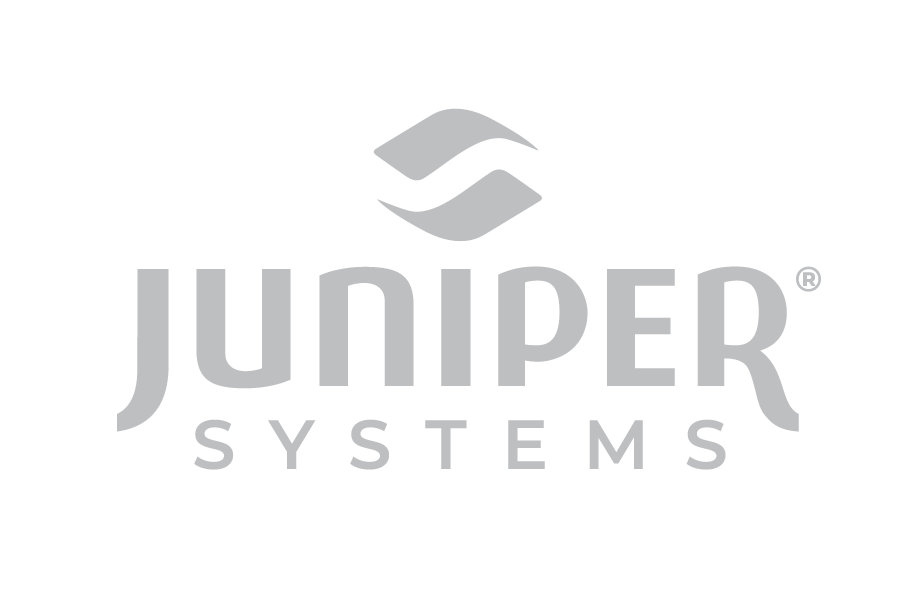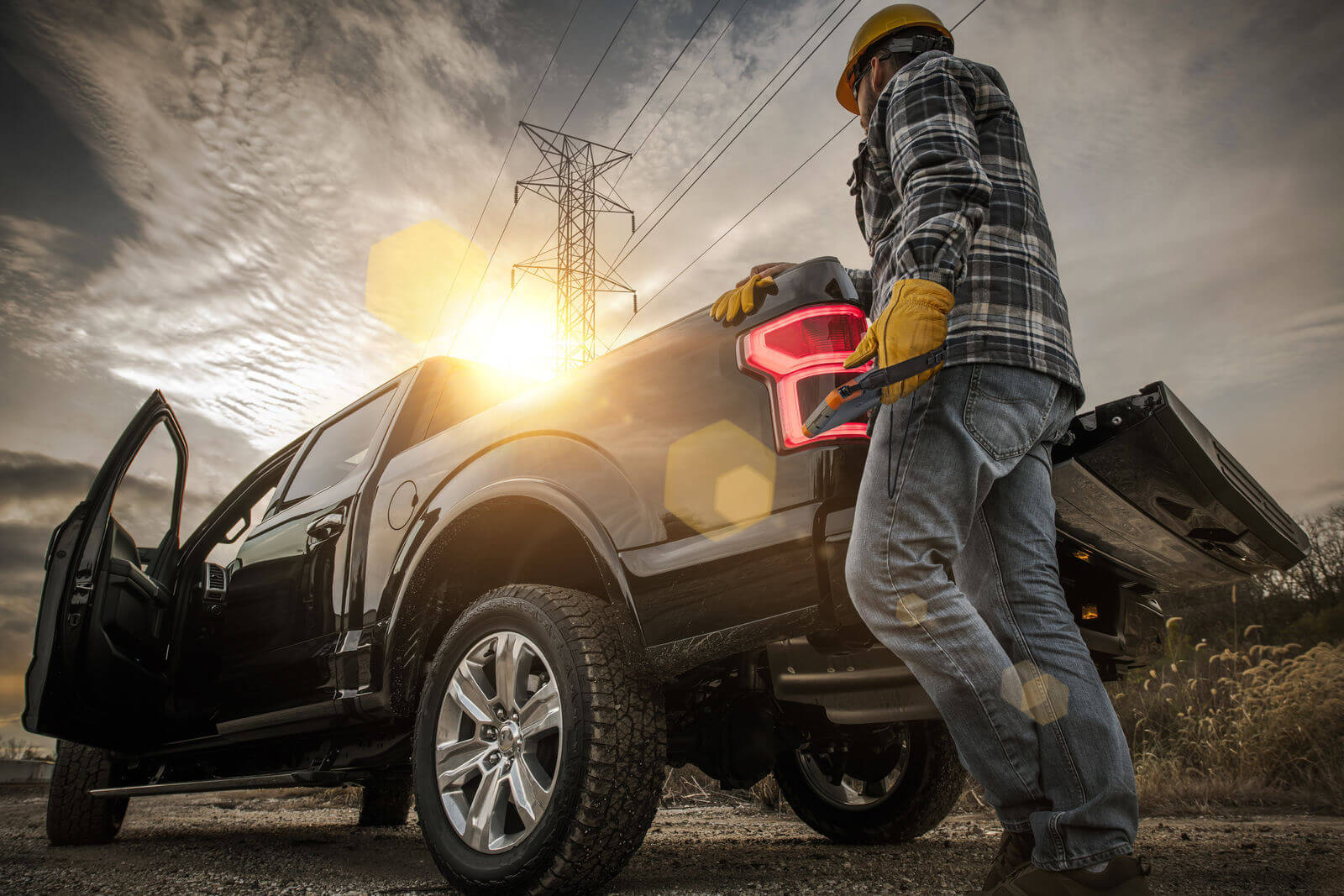
The right tool on the job can improve communication, organization and workflow, yes, but it can also improve the user’s experience and their ability to perform their work effectively. For field service technicians, whose environment and needs change daily if not hourly, you need something that is reliable, consistent and hard working. There are any number of reasons why a device stands out. Some features simply delight like an eye-catching design, while others answer critical customer needs (CCNs) such as software compatibility or battery life. The device that can tick more boxes across the board is more likely to become an essential tool.
In this article we’ll explore the features of a rugged tablet over a consumer tablet and how they are becoming essential for field service workers to stay connected and work effectively. In no particular order, here are the top 10 features of rugged tablets that make them essential for a field service technician:
High Performance Processing
How helpful is having a tablet in the field if you’re waiting minutes for files to load and the screen won’t catch up while you navigate through different windows? A rugged tablet should have the same processing power as your computer so you can perform the same functions on both. Over the years, processing power in tablets has improved exponentially and incorporated industry-leading processors like the same Intel processors you can find in desktops and laptops.
Untethered From the Office
The first handheld devices that began popping up in field service work had very obvious shortcomings: small screen size, inefficient processing power, poor battery life. While they were an improvement over pen and paper, they didn’t fit every need and that was accepted at the time. The phrase, “I’ll take care of that when I get back to the office,” was a common delay in workflow. Now, rugged tablets run the same operating systems with comparable processing power as the desktops back at the office. Whatever you can accomplish within those four walls can now be completed anywhere else your work takes you.

Durability and Screen Protection
Expanding the screen size on handhelds was an obvious next step in their evolution, however developers also had to create more protective designs since the screen is the most vulnerable part of the device. Rugged tablets have screens that range in size, some exceeding 10 inches, and features that offer improved protection. Look for devices that pass the MIL-STD-810H tests for high and low temperature, shock, moisture and more and ingress protection (IP) tests against dust and water.
Sunlight Readability
Consumer tablets tend to perform a disappearing screen act when you get them out into bright sunlight, and that’s a deficiency that rugged tablets have been able to overcome. Screen visibility is often discussed in NITS, however there is much more to how the human eye reads a screen. Developers have to consider reflectivity, black levels, color accuracy, and diode type. By doing so they have been able to develop blacks are very black, colors that are more vibrant, and the contrast allows for readability in any lighting environment.
Touch Screen Profiles
Another improvement in the best rugged tablets is the sensing ability on the screen itself. Field technicians find themselves in a variety of environments (rainy, snowy, hot, cold) and in each one they interact with the screen differently (gloved fingers, stylus, wet screen). Some rugged tablets offer specific touch profiles that users select depending on their environment and the screen adapts to receive touches more effectively.
Temperature Tolerance
A consumer tablet is comfortable where humans are comfortable, in a temperature-controlled, sheltered environment. Field technicians often have to leave these comforts behind while they are out at a job. A rugged tablet is designed to withstand extreme temperatures, both hot and cold, without compromising performance. Again, this is tied to military standard testing, so look for that certification.
Easy to Use and Get Up and Running
Tablet usability has improved dramatically in the past few years, and this is a result of two trends: people are becoming more comfortable with tablets in general and tablets are now running Windows and Android operating systems so the transition to new technology begins with familiar functions. The carryover between how users operate their computer and how they operate a tablet provides a comfortable and more efficient onboarding process.
Compatibility
That comfortability a tablet user feels when encountering a familiar OS is reinforced by how effectively a tablet can connect and interact with a user’s desktop or laptop. Making sure your rugged tablet is compatible with the software and apps you rely on is essential to avoiding workflow interruptions.
Easy Hot-Swapping for Extended Battery Life
We mentioned before that battery life at the beginning of tablet design was pretty dismal. For many users, battery life was the top priority and the top complaint in those early years. Designers have approached this CCN in two ways: developing more powerful batteries and making it easier to swap batteries without interrupting workflow. Rugged tablets, because they are intended to be used unplugged from the office, have developed better and better batteries over time. Look for a tablet with hot-swapping capability so that when it becomes necessary to swap a battery, you can do so without powering down the device.
Ergonomic Design
Many features that set rugged tablets apart developed by considering more closely how the tablet will be used in which specific use cases. Some tablets get plugged into a dock on a desk or a mount in a car, but in field service, a tablet is most often held by hand. So developers began looking at more ergonomic designs for holding so users don’t become fatigued will holding their device for extended periods of time. Look for rugged tablets with carrying solutions that fit the way you will be using your device.
These are just some of recent and developing features in rugged tablets that set them apart from consumer tablets as a tool for a field technician to get their job done right. While there are consumer tablets that incorporate some of these features and rugged tablets that fall short of them, for each individual, the trick is finding the tablet that meets all of your needs. For a field technician, the list is pretty long and the needs are rather specific.
To learn more about Juniper’s Mesa rugged tablets and the features that will meet your critical needs, visit our Rugged Tablets page or reach out through our Contact Us form.

